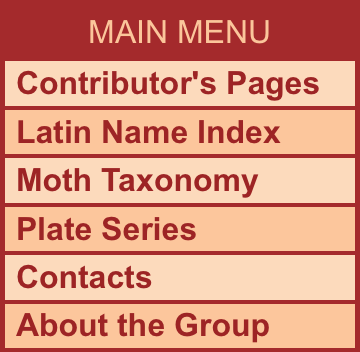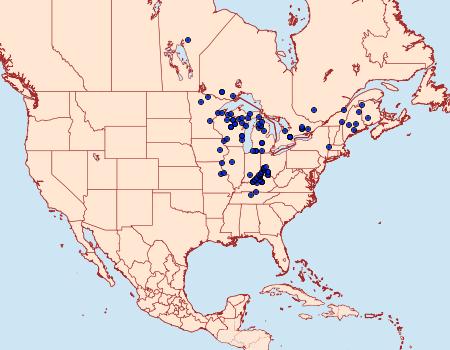Sphingidae
890116 –
7807 Sphinx canadensis
Boisduval, [1875]
|
|
|
| Photographs are the copyrighted property of each photographer listed. Contact individual photographers for permission to use for any purpose. |
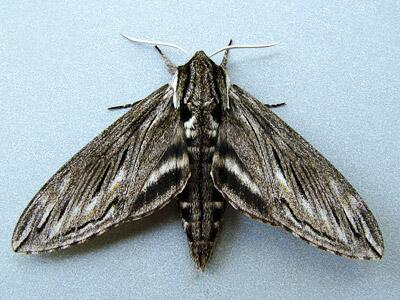
© Nelson Poirier
|
| Distribution: |
In Canada from New Brunswick west to Manitoba, thence southward to Wisconsin, Missouri and Tennessee. It appears to stay west of the Appalachians, and is not recorded from Maryland. |
Seasonality
and Size: |
Flight period is May to September, with 2 broods in the southern portions of its range. The wingspan is 70 - 85 mm. |
Larva and
Host Plants: |
Larva is a greenish hornworm and, according to Wagner, often mottled with brown. Photos are needed to document the appearance of this species. Foodplants include black ash, white ash, lilac and blueberry. (see references) -- Host familiy: Ericaceae Oleaceae. Host genera: Fraxinus Vaccinium. Notes: leaves (Wagner 2005). (Shropshire & Douglas 2025) |
Description/
Field Marks: |
- forewing gray-brown or yellow-gray with black streaks along and between the veins.
- interrupted white subterminal line.
- hindwing dark with white bands.
|
| Similar Species: |
- Pinned specimens of related species. (Hint: select View by Region on the related species page.)
|
| Synonymy: |
canadensis Boisduval, [1875] (Sphinx) - MONA 1983: 7807plota Strecker, 1875 (Sphinx) |
|
| References (Caution: DNA barcoding at BOLD provides evidence of relatedness, not proof of identification; some BOLD specimens shown may not be sequenced.) |
- Barcode of Life (BOLD) - Caution: Identifications often erroneous; DNA barcode provides evidence of relatedness, not proof of identification; many specimens not sequenced.
- Covell Field Guide p.35; Pl. 5(7, male).
- Hodges, R. W., 1971. Moths of America North of Mexico, Fascicle 21:p. 62; pl. 5.1. order or free PDF
- Shropshire, K.J. & D.W. Tallamy, 2025. Lepidoptera of North America, north of Mexico: an annotated list containing geographic ranges and host-plant records. ZooKeys, 1261: 101-113; Suppl. 1. (PDF or read online)
- Species Page at Bill Oehlke's moth website - Sphinx canadensis
- Species Page at BugGuide.Net
- Species Page at Mass Moths
- Species Page at iNaturalist
- Tuttle, J. P., 2007. Hawk Moths of North America: p. 81; pl. 7.7.
- Wagner, D. L., (2005). Caterpillars of Eastern North America, p. 252.
|
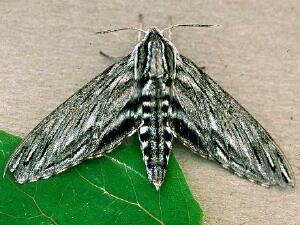
© Janice Stiefel
|
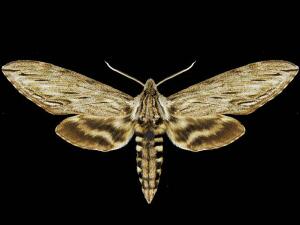 LG
LG – © Jim Troubridge
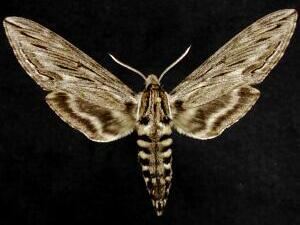
90mm – © Jim Vargo
|
